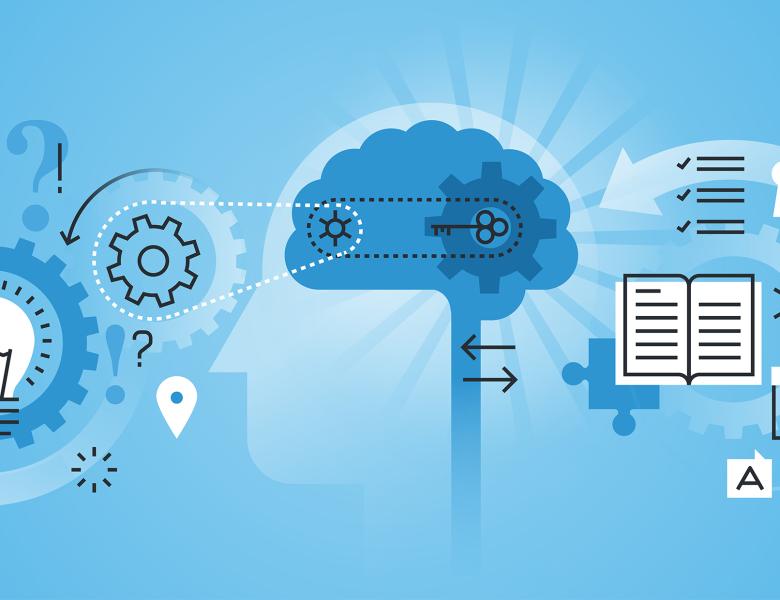
The brain’s structure is more complicated than that of any other known biological tissue. As a result, much of the nervous system’s fine details, such as the vast neuronal circuits that connect nerve cells together at synapses are largely unexplored. My colleagues and I have developed automated methods to both generate and analyze digital datasets that reveal all the neuronal wiring and many subcellular details of brain tissue. We use a novel means of cutting brains into very thin slices, and a new electron microscope that acquires images of the brain at unprecedented speed and resolution, so that in a volume of brain, every synaptic connection between nerve cells is visible. These acquired data sets are very large: a cubic millimeter of brain requires acquiring more than 2 million gigabytes of image data. The brain reconstructions coming out of this work reveal networks that are even more complicated than we imagined. In our view, this new approach (which we have dubbed "connectomics") shows promise to be sure; nevertheless, many challenges remain. Most serious of these may be a fundamental limit to what our human brains can understand.
Theoretically Speaking is a lecture series highlighting exciting advances in theoretical computer science for a broad general audience. Events are held at the David Brower Center in Downtown Berkeley, and are free and open to the public. No special background is assumed.
Light refreshments will be served before the lecture, at 5:30 p.m.
All scheduled dates:
Upcoming
No Upcoming activities yet


